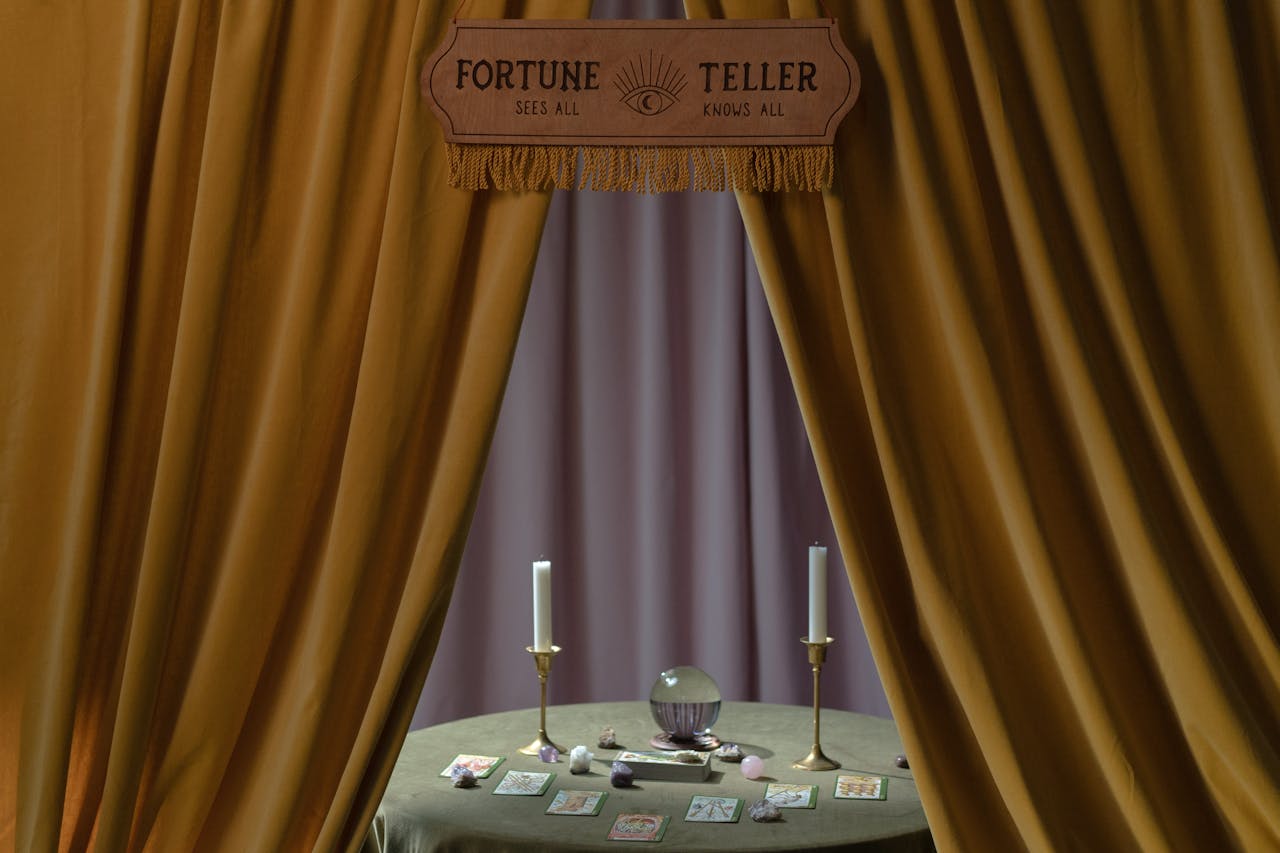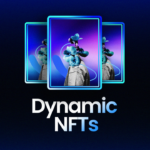
NFT Predictions 2025: 8 Things to Expect
In the past three years, NFTs (non-fungible tokens) have surged in popularity, capturing global attention for their ability to change how we think about asset ownership and digital value exchange.
This explosive growth has seen NFTs evolve from niche collectibles into mainstream financial instruments and even cultural phenomena.
Industries like gaming, art, and real estate are already rapidly integrating NFTs, offering unprecedented opportunities for creators, businesses, and investors.
With 2025 already here, being aware of these predictions will be essential for anyone looking to capitalize on the potential of NFTs in the coming years.
Current State of NFTs
Before we dive right into the 8 trends shaping NFTs in 2025, let’s see what the NFT market looks like as of the end of 2024:
- The number of global NFT users is anticipated to reach 11.64 million by the end of 2025.
- The global NFT market is projected to generate approximately $608.6 million in 2025.
Top 8 NFT Predictions in 2025
1. Mainstream Adoption of NFTs
NFTs are expected to achieve wider acceptance across multiple industries, with a projected global market size reaching $211 billion by 2030, growing at a compound annual growth rate (CAGR) of 33.9% from 2023 to 2030 (Grand ViewResearch).
High-profile fashion brands like Nike have already entered the space with NFT collections. Nike’s “CryptoKicks” recorded sales exceeding $185 million, demonstrating consumer demand for tokenized fashion
Disney also begun integrating NFTs into fan experiences through platforms like VeVe, offering exclusive digital collectibles tied to its iconic franchises
Along with them, partnerships with global giants such as Gucci, Adidas, and Budweiser reflect a trend of leveraging NFTs to build deeper consumer engagement. For reference, Budweiser’s NFT beer cans sold out within minutes, generating over $1 million in revenue.
Even high-profile figures like Tom Brady, through his NFT platform Autograph, and musicians like Snoop Dogg, who generated $44 million from an NFT collection, have normalized NFT adoption across demographics.
These trends signal that NFTs are on the path to becoming as integral to daily life as social media, embedded in a multitude of consumer and enterprise applications.
2. NFTs in Gaming
The gaming industry will remain at the forefront of NFT adoption, with play-to-earn (P2E) models and blockchain-based ecosystems leading the charge.
Games like Axie Infinity have already demonstrated the viability of NFT-driven economies, where players can earn real income through in-game assets.
For instance, Axie Infinity generated over $1.3 billion in revenue in 2023, highlighting the growing synergy between gaming and NFTs.
In 2025, expect more AAA gaming companies to adopt NFTs, creating expansive digital economies where ownership and value flow seamlessly between players and developers.
In-game NFTs will become more sophisticated, offering cross-game compatibility and exclusive perks.
3. NFTs as Financial Instruments
NFTs are increasingly being utilized as financial tools, opening up new avenues for investment and lending.
First of all, Fractionalized NFTs (F-NFTs) allow high-value digital assets to be divided into smaller, more affordable fractions, enabling small-scale investors to own shares of these assets.
This democratizes access to wealth creation by lowering the entry barrier for investment in valuable NFTs.
NFT-Backed Loans
In the DeFi ecosystem, NFTs are being used as collateral for loans, allowing holders to leverage their digital assets for liquidity without selling them.
This practice enables NFT owners to access funds while retaining ownership of their assets.
NFTs as Collateral for Blockchain-Based Financial Products
In 2025, NFTs are expected to serve as collateral for a wide range of blockchain-based financial products, potentially rivaling traditional financial instruments.
The merging of DeFi and NFTs is anticipated to lead to the creation of new financial instruments and innovative ways for users to manage assets.
While NFTs still have a way to go before fully rivaling traditional financial instruments, their increasing integration into financial systems indicates a gradual shift towards broader acceptance and utilization in the financial sector.
4. Advancements in NFT Utility
For Ticketing
The traditional ticketing industry, valued at approximately $94 billion, faces challenges such as fraud and counterfeiting.
NFT ticketing addresses these issues by issuing event tickets as non-fungible tokens on a blockchain, ensuring each ticket is unique, verifiable, and tamper-proof.
This shift not only enhances security but also opens new avenues for fan engagement and revenue generation.
Major players like Ticketmaster and the NBA are integrating NFTs into their event strategies, with projections estimating the global NFT ticketing market could reach $23 billion by 2027.
For Education
In the education sector, NFTs offer a secure and decentralized solution for issuing and verifying academic credentials.
By digitizing certificates and degrees as NFTs, educational institutions can provide tamper-proof and easily shareable records of achievement. This simplifies the verification process for employers and reduces the risk of fraud.
Universities like Duke and the University of Georgia have begun issuing NFT-based certificates, signaling a shift towards digital credentialing.
5. Regulatory Developments
As NFTs become more mainstream, governments are establishing clearer regulations to govern their use, focusing on taxation, intellectual property, and anti-money laundering.
While initially challenging, these regulations promise to stabilize and legitimize the NFT market.
In the U.S., the SEC is scrutinizing NFTs to determine if they qualify as securities, leading to legal challenges like Kentucky v. SEC.
Internationally, the EU’s Markets in Crypto-Assets (MiCA) regulation, effective December 2024, aims to enhance transparency and security for digital assets, including NFTs.
The U.S. Treasury’s 2024 NFT Illicit Finance Risk Assessment highlights vulnerabilities in NFTs for potential misuse in illicit activities.
As regulations solidify, NFT platforms are expected to adopt stronger compliance measures, attracting institutional investors.
In 2025, comprehensive regulations are anticipated to enhance market integrity, attract institutional investment, and support the growth of NFTs across various industries.
6. Increased Focus on Security
In 2023, the FBI’s Internet Crime Complaint Center received over 69,000 complaints involving cryptocurrency-related crimes, totaling more than $5.6 billion in reported losses.
To combat these threats, the NFT ecosystem is enhancing security measures.
In 2025, advancements such as decentralized identity solutions and more complete smart contracts are expected to strengthen buyer and creator protections.
Additionally, regulatory bodies are developing clearer frameworks to address issues like fraud and market manipulation, aiming to foster a more transparent and secure NFT market.
These combined efforts are anticipated to prioritize transparency and trust, creating a safer environment for all participants in the NFT space by 2025.
7. Rise of NFT Aggregators
The NFT industry is maturing and platforms like Ilunafriq are becoming increasingly important with each passing day.
This is because Ilunafriq is a multichain NFT aggregation platform that consolidates listings from multiple marketplaces, offering users a centralized platform to compare prices, track trends, and discover new collections.
By integrating with major NFT marketplaces such as OpenSea, Rarible, SuperRare, Objkt, and Foundation, Ilunafriq enhances accessibility and streamlines transactions for both buyers and sellers.
Additionally, Ilunafriq provides valuable analytics and customizable digital galleries, empowering artists to showcase their work across various blockchains, including Ethereum, Avalanche, Tezos, Solana, Flow, and ImmutableX.
For creators looking to really promote their collections, Ilunafriq provides multiple options such as “highlighting” and “boosting”.
- Highlighting: allows creators to stand out from the pack and gain exposure by visually emphasizing your artwork.
- Boosting: enables artists reach a wider audience by showing their artwork more often to more people.
In 2025, NFT aggregators like Ilunafriq are expected to be critical components of the ecosystem, driving efficiency and competitiveness in the market.
Related: Best NFT Aggregator
8. Cultural and Social Impact
NFTs are shaking up the art and creator scene by letting artists connect directly with their fans.
Thanks to royalties built into smart contracts, creators can keep earning from secondary sales, which is a game-changer.
But it’s not just about art, NFTs are also helping preserve cultural heritage by digitizing artifacts and historical records.
This year, expect NFTs to play a huge role in making creative opportunities more inclusive and accessible to people all over the world. It’s an exciting time to be part of this digital revolution!
Conclusion
NFTs are poised to redefine industries and revolutionize digital ownership in the years ahead. From gaming and finance to art and education, their potential is virtually limitless.
By addressing challenges like sustainability and regulation, and by leveraging advancements in technology, NFTs will continue to unlock new opportunities.
Staying informed about these trends is crucial for anyone looking to thrive in this evolving digital landscape. As 2025 unfolds, the journey of NFTs is just beginning, promising a transformative impact on how we create, share, and value assets.
Related Articles:
FAQ
What NFT trends will dominate in 2025?
In 2025, NFTs will dominate through enhanced utility in gaming and virtual worlds, increased integration with AI and the metaverse, expanded use in real estate and intellectual property, and a focus on sustainability and regulatory compliance, driving broader adoption and innovation across industries.
How will NFT marketplaces evolve by 2025?
In 2025, NFT aggregators will revolutionize the landscape for artists and collectors by simplifying access to a wide array of digital assets, enhancing the discovery and trading experience, fostering direct connections, and supporting sustainability and regulatory compliance, ultimately driving broader adoption and innovation in the creative economy.
Will regulations impact NFT growth in 2025?
Yes, regulations will impact NFT growth in 2025 by providing stability and attracting institutional investors, while also ensuring compliance and security.




